For the last 75 years, Formula 1 has kept fans from all around the world on the edge of their seats.
But Formula 1 isn’t simply about fans loving the thrill of watching the fast cars and their drivers; F1’s state-of-the-art engineering means it is now the most forward-thinking, technologically advanced sport in the world.
The sport has come a long way from the days of cloth-helmeted drivers behind the wheel, with safety technology now intricately embedded at every touchpoint. However, this innovation hasn’t been confined to sporting achievements alone.
Sitting at the top of motorsports, Formula 1 has also influenced wider society in various ways, entering sectors that now owe a small portion of their progress to the sport.
In this article, we’ll explore the top five impactful developments made by Formula 1—both within the sport itself and the wider world.
Innovation meets everyday life: London buses
In 2009, Williams F1 built their flywheel system for their Formula 1 cars. The system was designed to save the energy that was usually being lost as heat when drivers were braking; this energy would instead be channeled to additional power to be fed back into the car. But due to a change in rules, the idea was dropped.
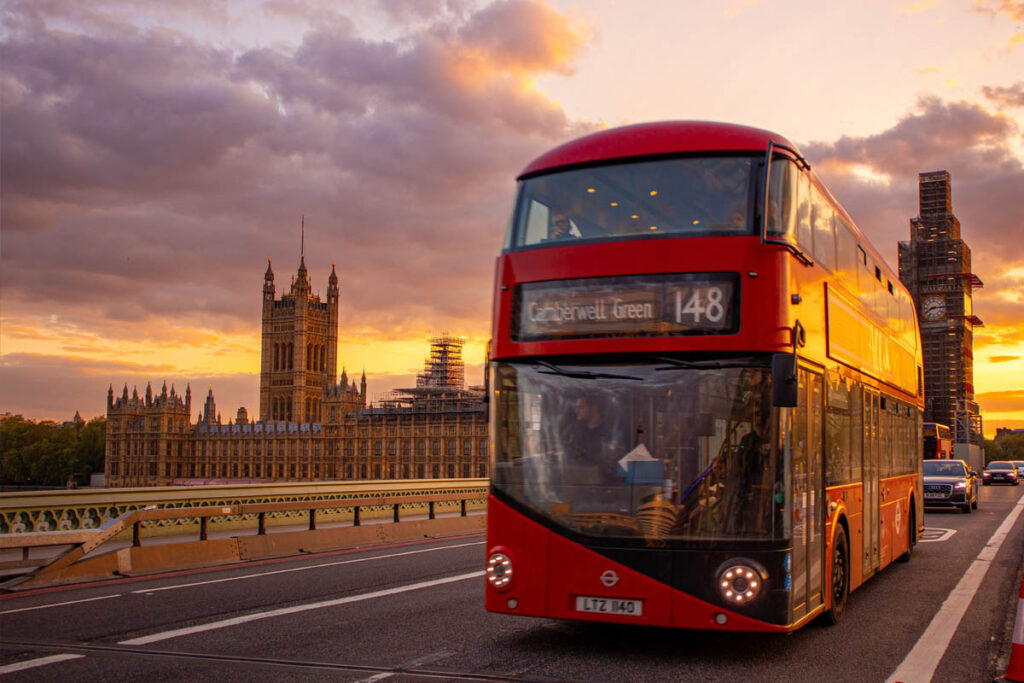
A few years later, in 2014, Williams Hybrid Power—part of Williams Grand Prix Holdings—changed hands. The new owners thought the 2009 design was too good to discard and utilized the racing technology to make buses more efficient.
Today, regenerative braking has been implemented in public transport across the UK, helping reduce carbon emissions, improve fuel efficiency, and lower air pollution.
Safety over aesthetic: The Halo
The halo is one of the most recent (introduced in the 2018 season) safety developments within Formula 1, and it is also considered to be one of the greatest. While some innovations prioritize making cars faster, the halo focused on increasing vehicle safety by shielding drivers from large pieces of debris.
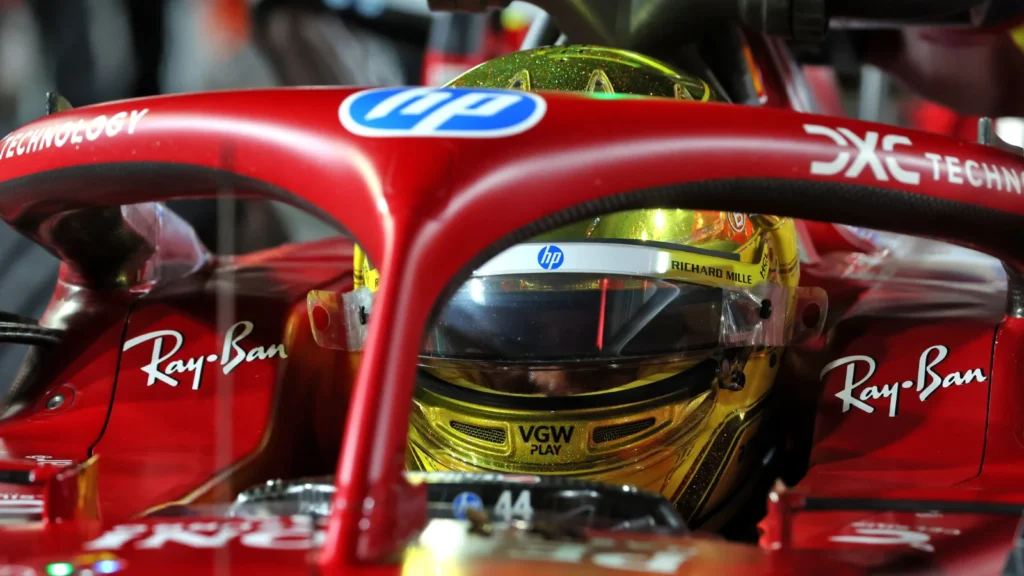
When launched, the halo was met with criticism as it changed the traditional look of the racing car, which featured a fully open cockpit. However, the halo has since proven its worth—preventing severe injuries in countless incidents—and the criticism has subsided.
A global culture: Entertainment and the online betting Industry
Beyond its sporting nature, Formula 1 has evolved into a global culture that billions of fans subscribe to. Therefore, it’s no surprise that other sectors that are involved with the sport, such as betting markets, are reaping the benefits.
Australia, a country known for its love of sports and diverse gambling culture, is a great example of a nation where Formula 1 has connected markets. While cricket, rugby, and horse racing once dominated Australia’s sports betting market, Formula 1 took a favorite spot when Australian Daniel Ricciardo arrived in the paddock.
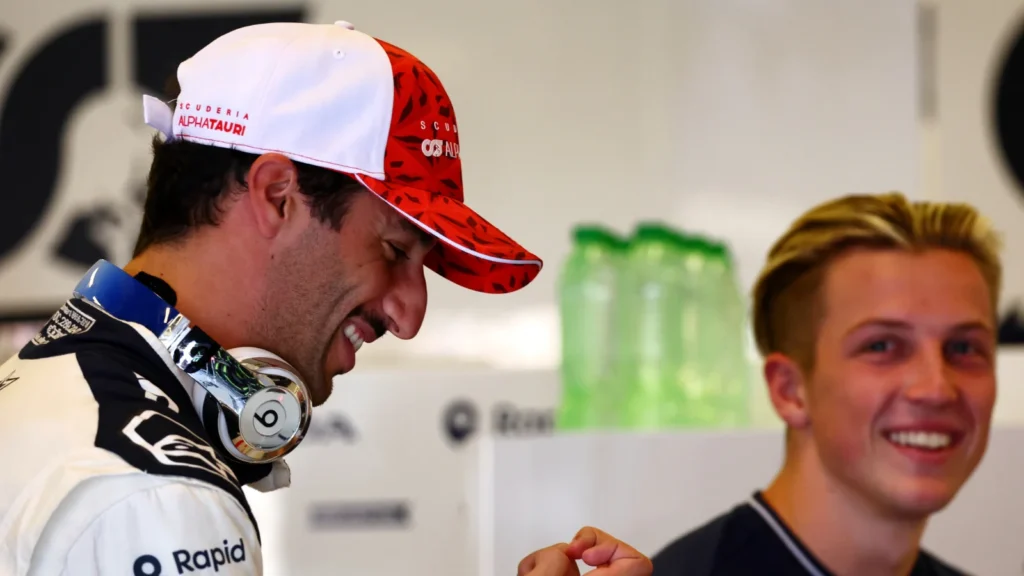
Everyone’s favourite Aussie showed his impressive driving skills and charismatic personality—winning the hearts of the Australian people. As he soared through the ranks of Formula 1, Australian fan viewership of the sport also surged, along with the interest in betting on F1.
Formula 1 betting provides punters with a specific type of gambling thrill. It offers excitement and requires strategy rather than just luck. To make informed bets, gamblers have to analyse the race and drivers and develop a deep understanding of the sport and its dynamics.
For sports enthusiasts looking for an exhilarating gambling thrill, Aussiebet provides a one-stop destination for everything online betting-related in Australia. The site also features in-depth betting previews on Australia’s most popular sports events.
Saying goodbye to cloth helmets
As previously mentioned, in the 1950s, Formula 1 drivers were often spotted in cloth or leather helmets, which, as you can imagine, provided very little (if any) protection.
Post-war, the racers often prioritized style over safety when it came to their racing attire. In 1987, racing suits took a major turn, with drivers sporting weighty five-layer suits that offered protection but were very restrictive and uncomfortable.
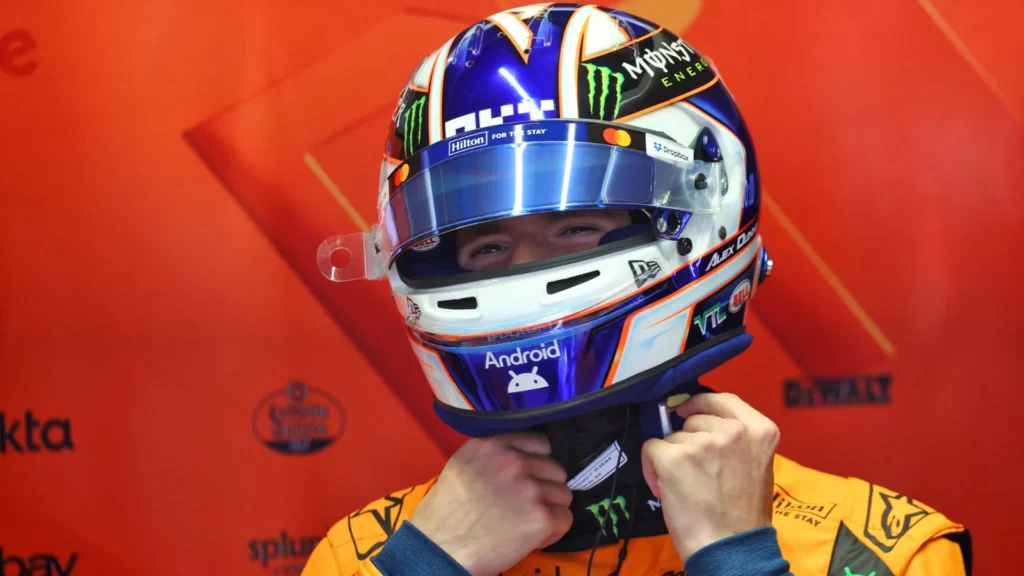
In the last 75 years, many changes have been made to the drivers’ racing attire. Today, lightweight layers of Nomex fabric make the suits more breathable, as well as fireproof and progress is always evolving in this area.
To find out more about the evolution of driving gear and other milestone moments in Formula 1, read more here.
F1 saves lives
In 2001, two colleagues from Great Ormond Street Hospital noticed a similarity between the efficiency of a Formula 1 pit stop and the crucial process of moving a baby after heart surgery. Both began questioning why hospital staff couldn’t be as efficient as pit-stop teams—the doctors sought advice from F1.
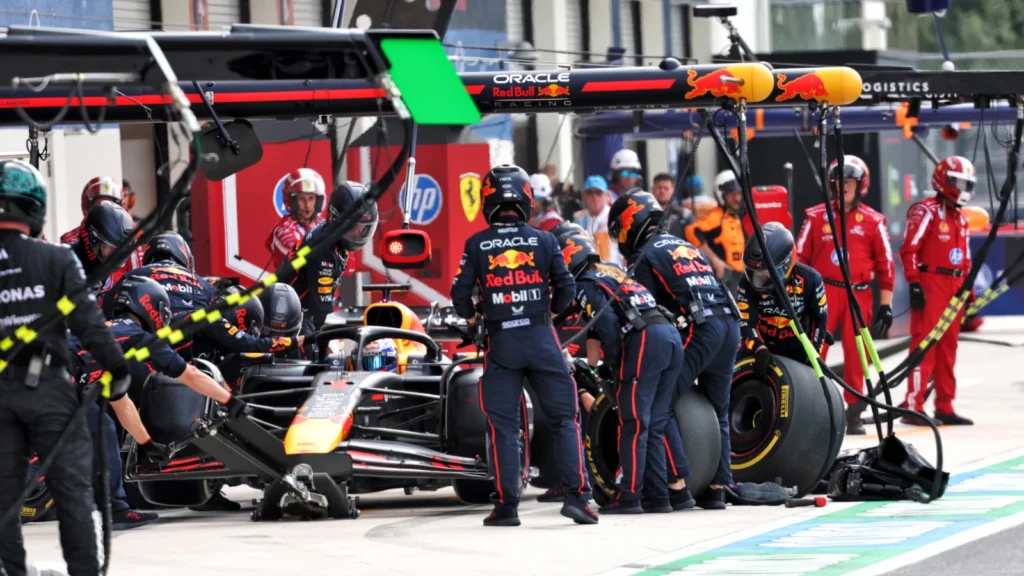
The project sparked an alliance between the two biggest rivals in Formula 1 history—McLaren and Ferrari. Putting their feud aside to enhance cardiac care for infants, the teams realized that, unlike their crews, doctors and nurses lacked specified roles. This meant that if something went wrong, everyone would rush to fix it, rather than just one person.
When specific roles were put into practice in hospitals, technical errors decreased by 40%, which encouraged staff to spread the word throughout hospitals across the country.
Final thoughts
From revolutionizing public transport to reshaping hospital procedures, Formula 1’s influence extends far beyond the confines of the racetrack. Over the last 75 years, the sport has pushed the limits of both speed and safety. It has also left a lasting impact on transport sustainability, wider global culture, and healthcare.
Whether it’s through state-of-the-art innovations like the halo, the consistent adaptations made to racing gear, or its growing integration throughout other long-standing industries, Formula 1 continues to drive progress in unexpected ways.
As the sport moves into a more sustainable, dynamic, and interconnected future, one thing remains clear: Formula 1’s evolution is far from over…

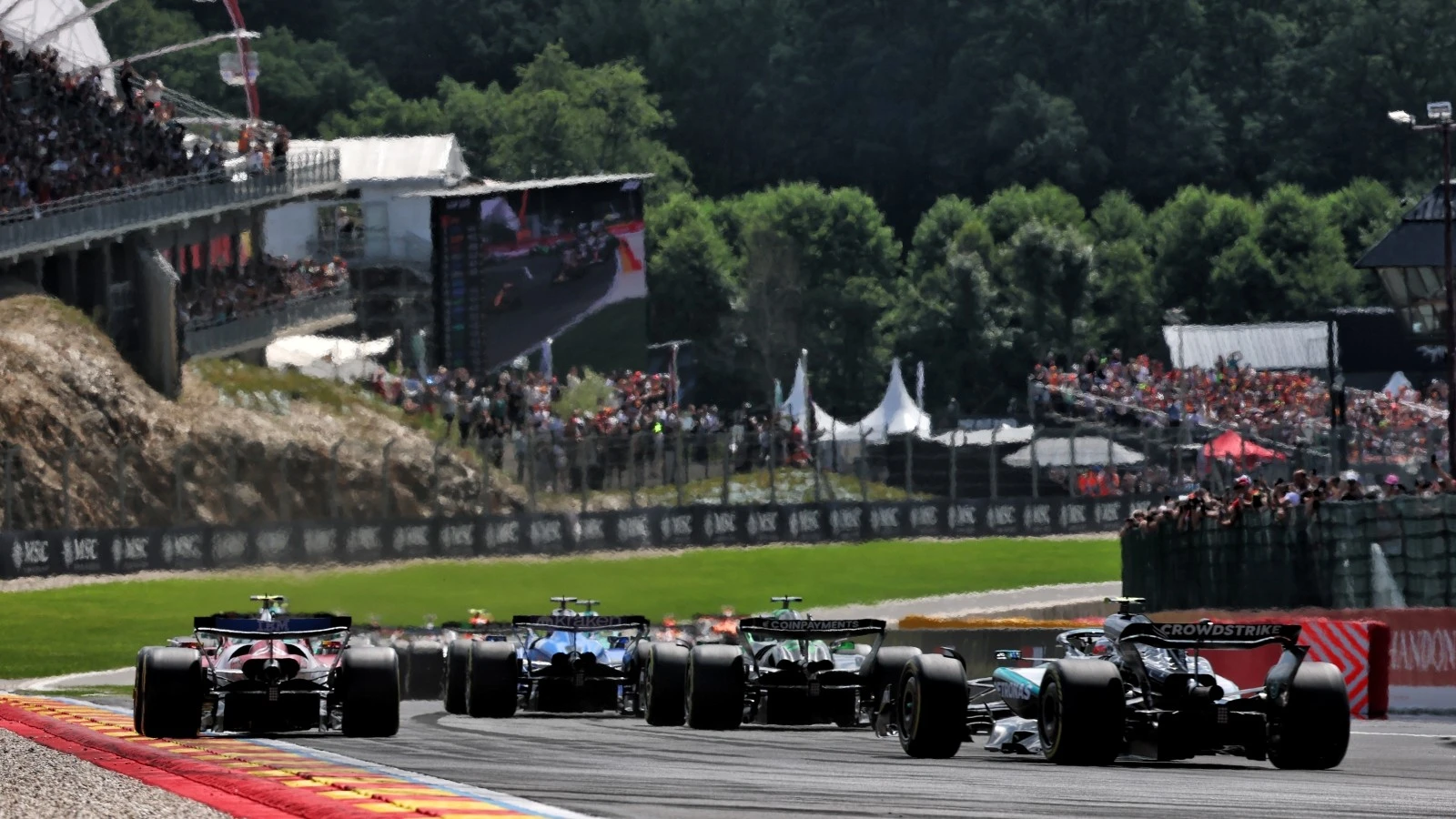


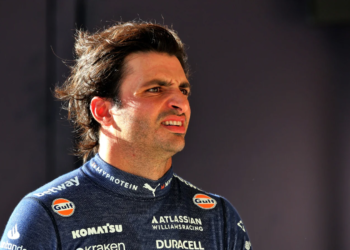

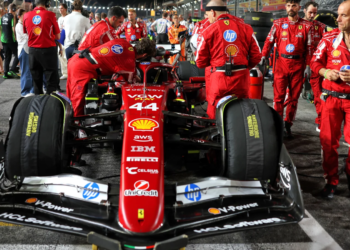
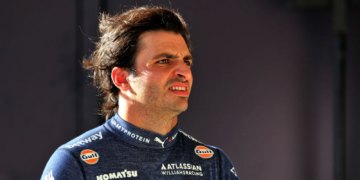


Discussion about this post